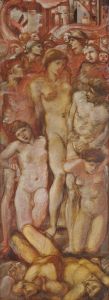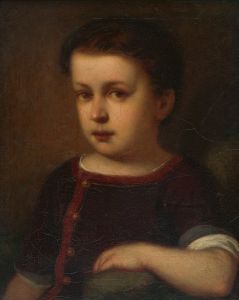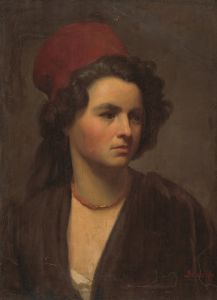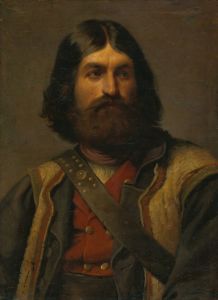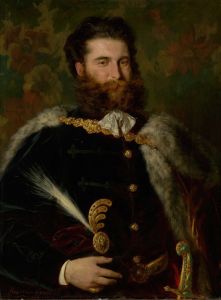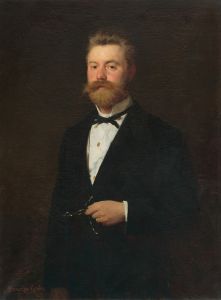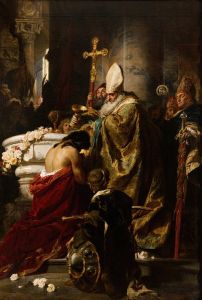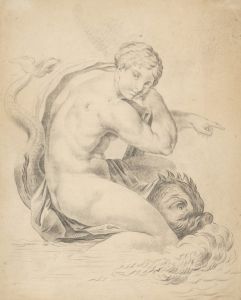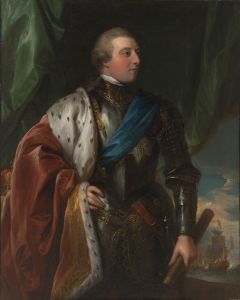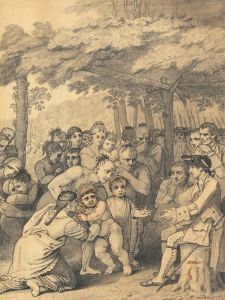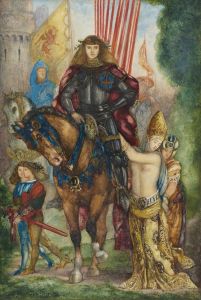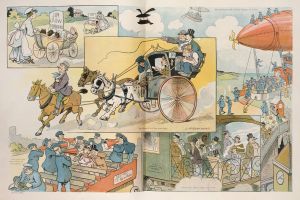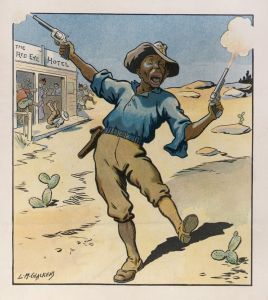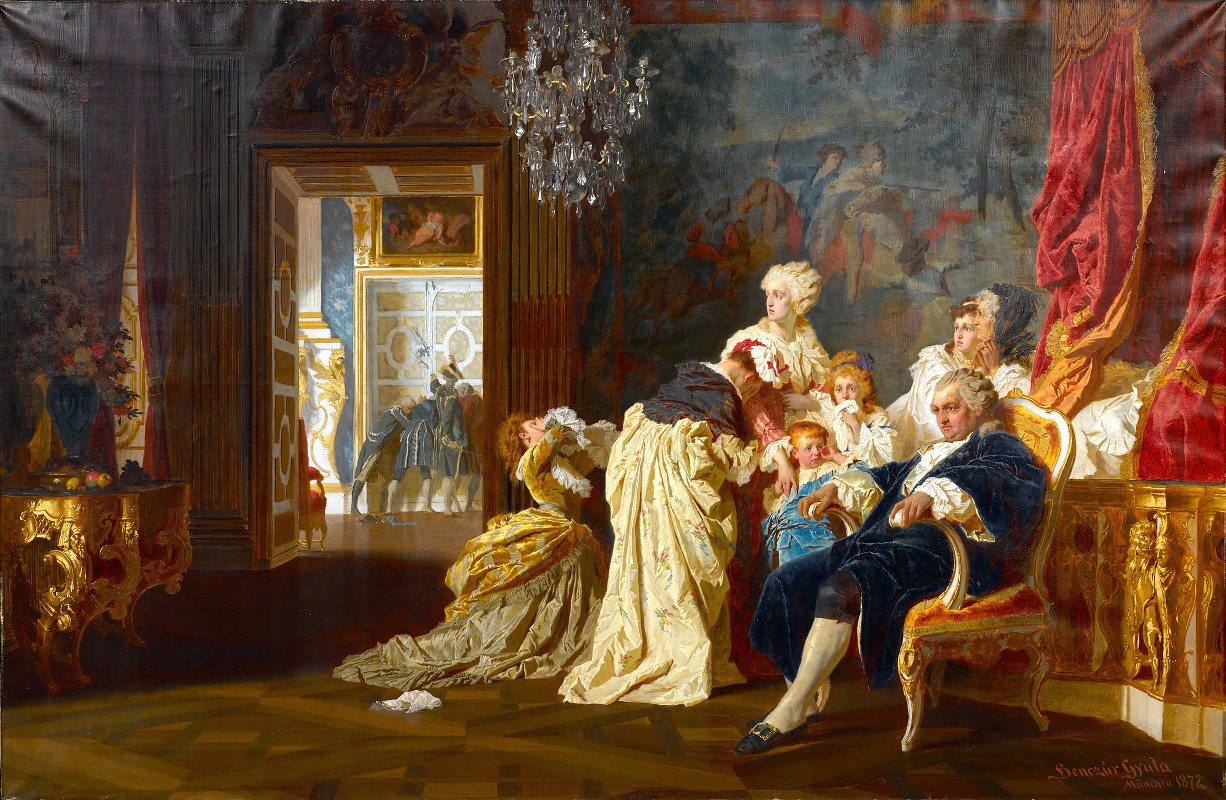
The capture of Louis XVI and his family
A hand-painted replica of Gyula Benczúr’s masterpiece The capture of Louis XVI and his family, meticulously crafted by professional artists to capture the true essence of the original. Each piece is created with museum-quality canvas and rare mineral pigments, carefully painted by experienced artists with delicate brushstrokes and rich, layered colors to perfectly recreate the texture of the original artwork. Unlike machine-printed reproductions, this hand-painted version brings the painting to life, infused with the artist’s emotions and skill in every stroke. Whether for personal collection or home decoration, it instantly elevates the artistic atmosphere of any space.
Gyula Benczúr's painting The Capture of Louis XVI and His Family is a historical artwork that depicts a significant moment during the French Revolution. Created by the Hungarian painter Gyula Benczúr (1844–1920), the painting illustrates the arrest of King Louis XVI of France and his family following their failed attempt to escape Paris in June 1791. This event, known as the Flight to Varennes, marked a turning point in the French Revolution and had profound consequences for the monarchy and the course of French history.
The Flight to Varennes occurred on the night of June 20–21, 1791, when Louis XVI, Queen Marie Antoinette, their children, and a small entourage attempted to flee Paris in disguise. Their goal was to reach the royalist stronghold of Montmédy near the northeastern border of France, where they hoped to rally support and regain control of the country. However, their plan was poorly executed, and the royal family was recognized and detained in the town of Varennes-en-Argonne.
Benczúr's painting captures the dramatic and emotional moment of the royal family's capture. The artist is known for his skill in historical realism, and his works often focus on pivotal moments in European history. While the exact date of this painting's creation is not widely documented, it reflects Benczúr's interest in historical themes and his ability to convey the tension and gravity of such events.
In the artwork, Benczúr likely employs his characteristic attention to detail, portraying the royal family in a state of distress and vulnerability. The scene would have included elements such as the presence of local citizens, revolutionary guards, and the royal carriage, emphasizing the contrast between the monarchy's former grandeur and their current plight. However, specific details about the composition and style of this particular painting are not extensively recorded in available sources.
The capture of Louis XVI and his family had far-reaching consequences. It eroded the remaining trust between the monarchy and the revolutionary government, leading to the eventual abolition of the monarchy in 1792 and the execution of Louis XVI and Marie Antoinette in 1793. The event also symbolized the decline of absolute monarchy in France and the rise of republican ideals.
While Gyula Benczúr is celebrated for his historical paintings, information about The Capture of Louis XVI and His Family is limited, and the painting itself does not appear to be as widely studied or exhibited as some of his other works. Further research into this specific piece may provide additional insights into its creation, context, and significance.





